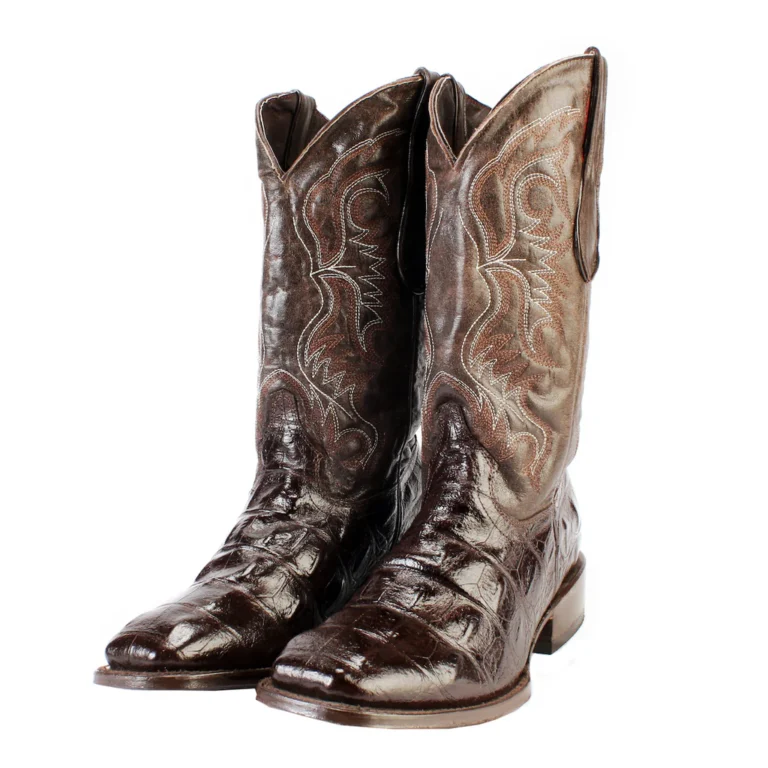Secrets of Salvage: Inside the World of Damaged Automobiles
When we think of automobiles, we often picture shiny, brand-new vehicles cruising down the highway. However, there’s a hidden side to the automotive industry that many are unaware of – the world of salvage cars. These are vehicles that have been damaged, whether through accidents, natural disasters, or other mishaps, and are deemed unfit for regular use. But what happens to these cars? Who buys them, and why? Join us as we delve into the secrets of salvage and explore the fascinating world of damaged automobiles.
Understanding Salvage Cars
Salvage cars, also known as salvage title cars, are vehicles that have been damaged to the point where the cost of repairs exceeds a certain percentage of the car’s value. As a result, insurance companies declare them “totaled” and issue a salvage title, indicating that the car is no longer roadworthy in its current condition. This can happen due to a variety of reasons, including accidents, floods, fires, or vandalism. Read More
The Salvage Process
Once a car is declared salvage, it typically goes through several stages. First, it is assessed by insurance adjusters to determine the extent of the damage and the cost of repairs. If the repairs are deemed too costly, the car is written off as a total loss, and the insurance company takes possession of it.
The Salvage Auction
After an insurance company acquires a salvage car, it is often sent to salvage auctions, where it is sold to the highest bidder. These auctions are frequented by a variety of buyers, including individuals looking for a bargain, professional rebuilders, and even scrap yards. Bidding can be fierce, especially for cars that are in relatively good condition despite their salvage title.
Who Buys Salvage Cars?
The buyers of salvage cars are as diverse as the cars themselves. Some are hobbyists or DIY enthusiasts who enjoy the challenge of rebuilding a damaged car. Others are professional rebuilders or mechanics who buy salvage cars to fix them up and sell them for a profit. And then there are those who buy salvage cars for parts, either to repair other vehicles or to sell them individually.
The Risks and Rewards
Buying a salvage car can be a risky endeavor, as there is no guarantee of its condition or roadworthiness. Some salvage cars may have hidden damage or underlying issues that are not immediately apparent. However, for those willing to take the risk, there can also be great rewards. Salvage cars can often be purchased at a fraction of their market value, making them an attractive option for budget-conscious buyers or those looking for a project car.
The Legalities of Salvage Cars
It’s important to note that salvage cars come with their own set of legalities and regulations. In many jurisdictions, salvage cars must undergo a thorough inspection and obtain a rebuilt title before they can be legally driven on the road again. This process can vary depending on the extent of the damage and the jurisdiction in which the car is being registered.
Secrets of Salvage
Introduction to Salvage
Salvage is more than just finding discarded items; it’s about uncovering hidden treasures and breathing new life into forgotten objects. From antique furniture to architectural elements, the secrets of salvage hold endless possibilities for those willing to embark on the adventure. In this article, we’ll explore the art of salvaging, from finding hidden gems to repurposing and upcycling salvaged items, and delve into the sustainability angle and the future of salvage.
The Art of Salvaging
Salvaging is both an art and a skill that requires a keen eye and a creative mindset. It involves identifying valuable items in unlikely places and knowing how to extract them safely and efficiently. Whether scouring flea markets, exploring abandoned buildings, or salvaging materials from construction sites, mastering the art of salvaging opens doors to a world of unique finds and unexpected treasures.
Finding Hidden Gems
The key to successful salvaging lies in knowing where to look and how to recognize potential treasures. Old barns, attics, and estate sales are fertile grounds for finding hidden gems, while online marketplaces and salvage yards offer a vast array of salvaged items waiting to be discovered. Tips for uncovering treasures include researching local salvage sources, networking with other salvage enthusiasts, and keeping an open mind when exploring new locations.
Repurposing and Upcycling
One of the joys of salvaging is the opportunity to repurpose and upcycle salvaged items into new and functional pieces. From turning reclaimed wood into custom furniture to transforming vintage fixtures into statement pieces, the possibilities for creative expression are endless. Repurposing and upcycling not only give new life to old objects but also contribute to sustainability by reducing waste and minimizing the need for new materials.
Maximizing Value
To make the most of salvaging, it’s essential to maximize the value of salvaged items while minimizing costs and efforts. Strategies for maximizing value include focusing on high-demand items, investing in quality tools and equipment, and negotiating fair prices when purchasing salvaged materials. Avoiding common pitfalls such as overpaying for items or underestimating restoration costs is crucial for successful salvaging projects.
The Sustainability Angle
Salvaging plays a vital role in promoting sustainability by diverting items from landfills and reducing the demand for new resources. By repurposing and upcycling salvaged materials, individuals can reduce their environmental footprint and contribute to a more circular economy. Salvaging also preserves valuable resources and historical artifacts, ensuring that they are enjoyed for generations to come.
Salvage in Art and Design
Salvage isn’t just for DIY projects; it’s also a valuable resource for artists and designers seeking unique materials and inspiration. From reclaimed wood sculptures to salvaged metal installations, salvage plays a central role in contemporary art and design. By incorporating salvaged materials into their work, artists and designers create one-of-a-kind pieces that tell stories and evoke emotions.
Preserving History
Salvaging plays a crucial role in preserving history by rescuing and restoring historical artifacts and architectural elements. From salvaging antique furniture to preserving abandoned buildings, salvaging helps maintain connections to the past and ensures that valuable heritage is not lost to time. Ethical considerations, such as respecting historical integrity and obtaining proper permissions, are essential when salvaging historical artifacts.
The Future of Salvage
Looking ahead, the future of salvage is bright, with growing interest in sustainability and DIY culture driving demand for salvaged materials and products. Innovations in recycling technologies and design techniques are expanding the possibilities for salvaging and upcycling, while online platforms and marketplaces make it easier than ever t
Conclusion
The world of salvage cars is a fascinating and often misunderstood one. From the wreckage of accidents to the thrill of the salvage auction, there’s a whole subculture dedicated to these damaged automobiles. While buying a salvage car may not be for everyone, for those who are willing to take the risk, it can be a rewarding experience. So the next time you see a salvage car on the road, remember that there’s more to it than meets the eye.
Also read







